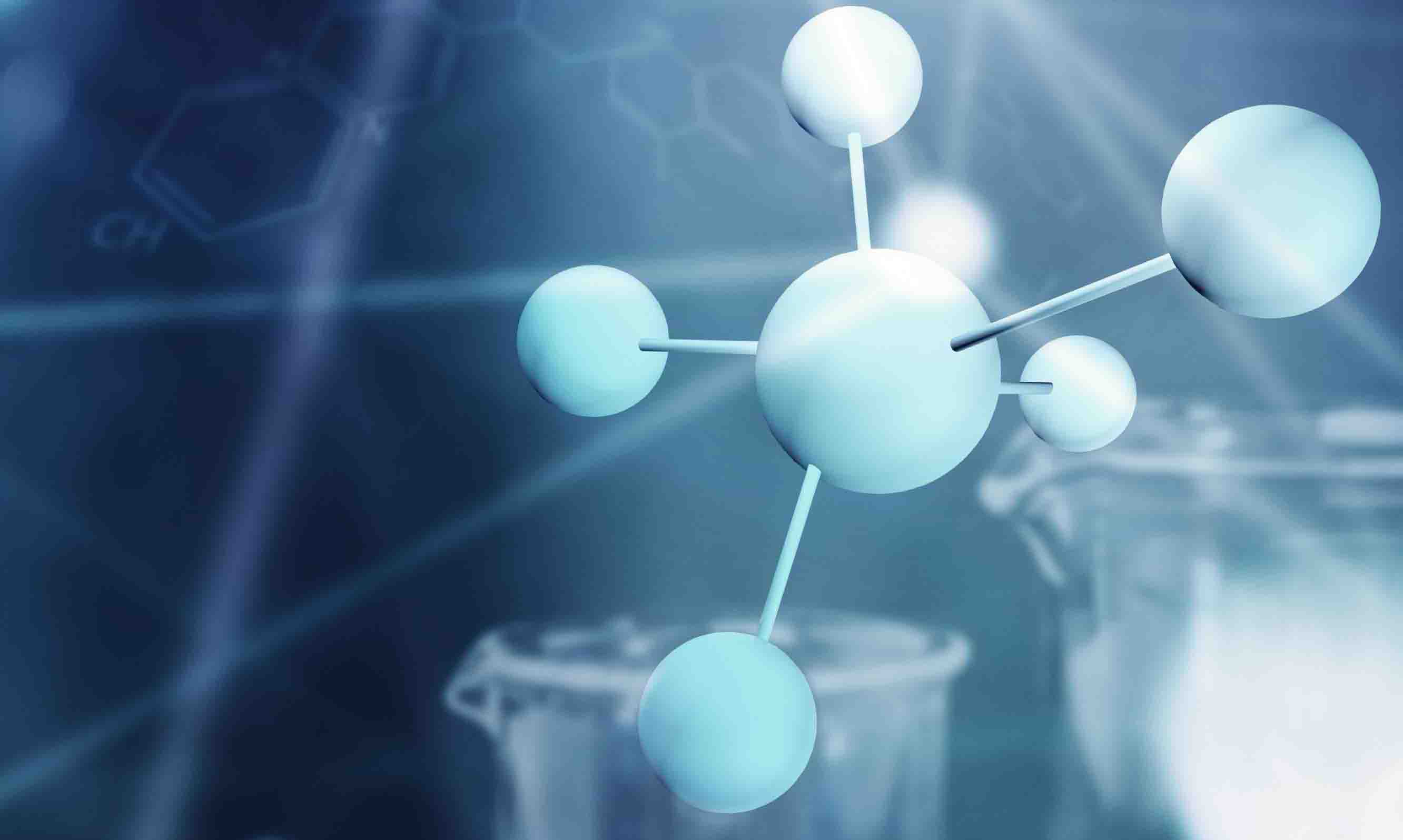Main-Product
- Product
- Polyhydroalkanoates
- Segment
- Chemicals
- Main-Family
- Polymers
- Sub-Family
- Thermoplastic Polyester
- Link
-

- #PS527
Description
Your insights will be shown here
Product Communicator
(*=Default)| Product | Title | Date | |
|---|---|---|---|

|
9/17/2023 |
| Products (Quick Access) | Abbr. | Default |
|---|---|---|
| Poly-3-hydrobutyrate | P3HB |
Settings
- Status
- A
- Unit of Measure
- Metric Ton
- Physical State
-
Solid
Content provided by
| Transaction | Name | Date |
|---|---|---|
| Modified by |
|
9/17/2023 5:02 PM |
| Added | 9/17/2023 4:10 PM |








